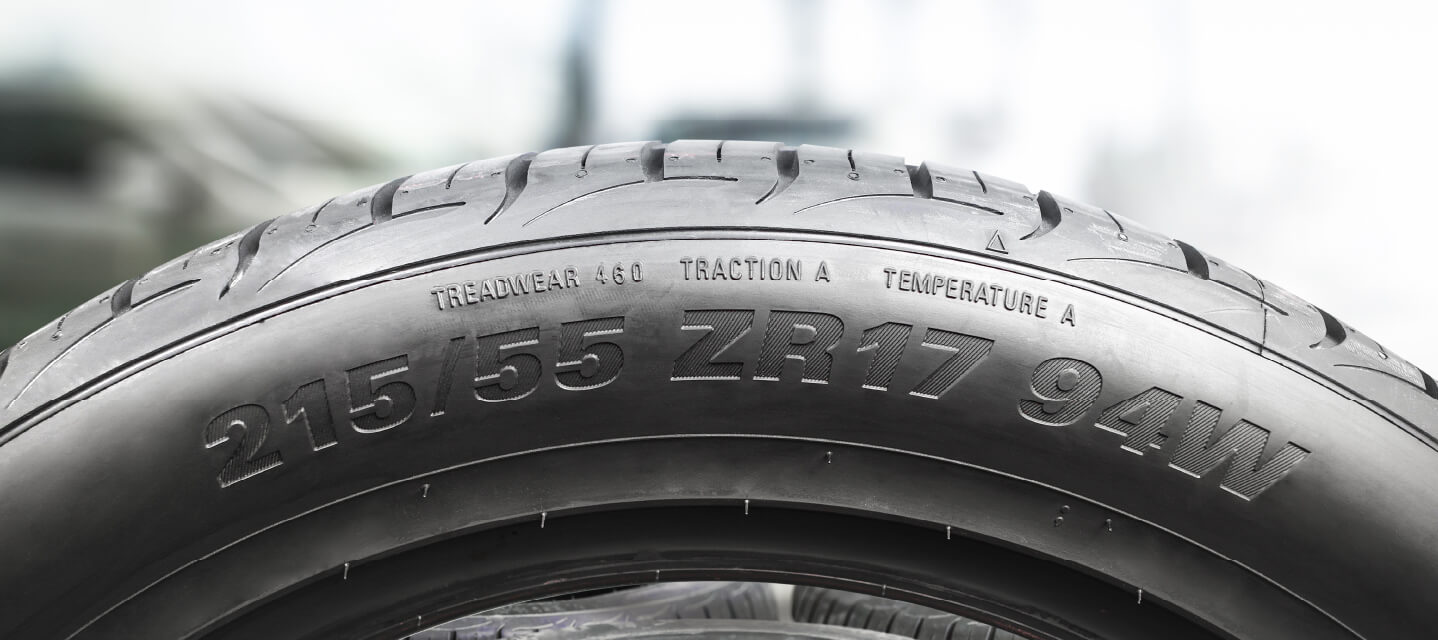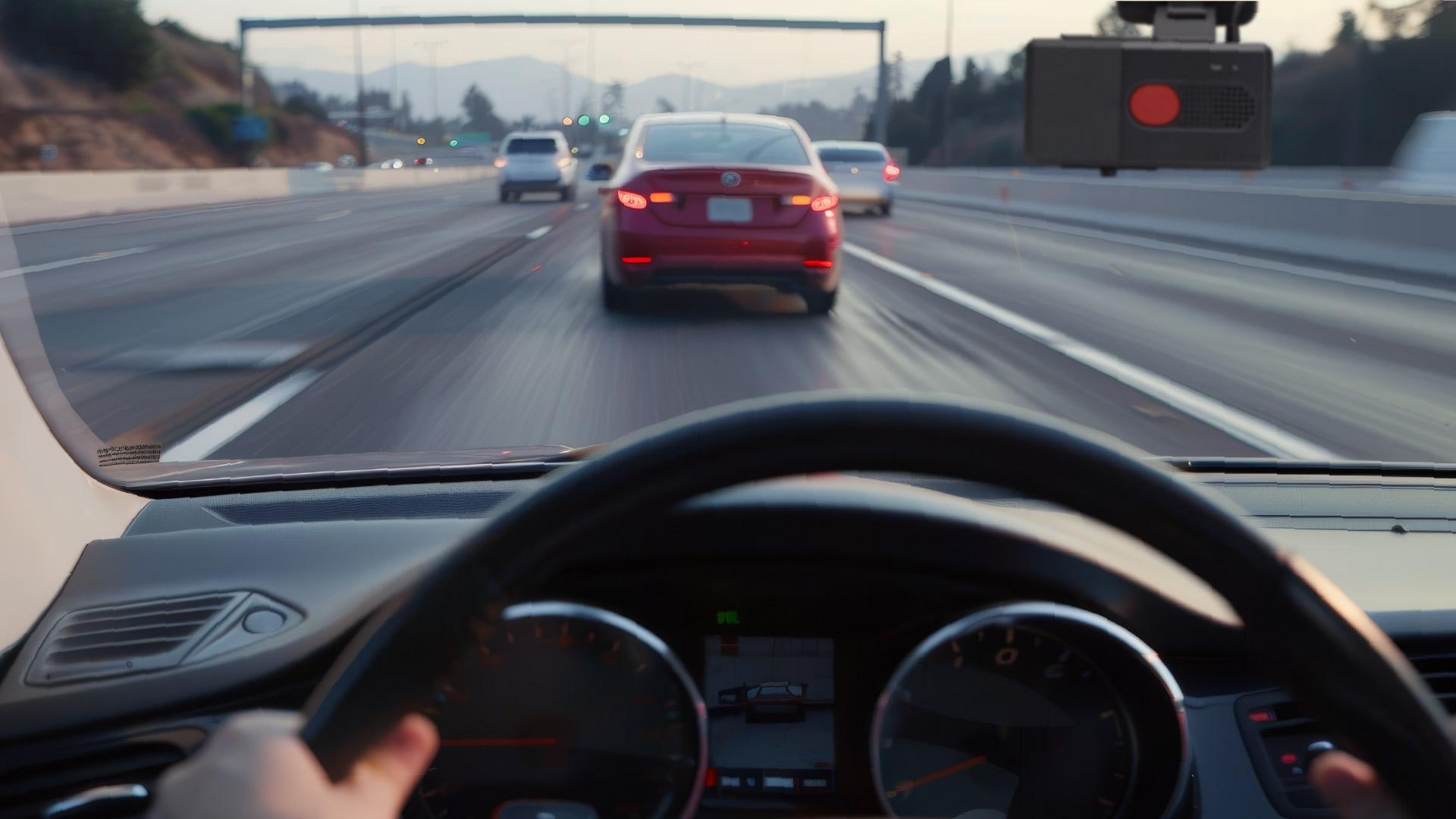Curtailing aggressive driving
The NHTSA states that aggressive driving is reported in over half of fatal crashes, with excessive speeding being the number one factor.

What exactly is Aggressive Driving?
The National Highway Traffic Safety Administration (NHTSA) defines aggressive driving as occurring when an individual commits a combination of moving traffic offenses so as to endanger other persons or property. This includes, but is not limited to, tailgating, weaving in and out of traffic, speeding, running stop signs or red lights and preventing others from passing.
When applying g-forces to various driving maneuvers such as harsh braking, harsh accelerating or harsh cornering, what constitutes aggressive movement?
- A force of ½ G in a passenger car when applying the brakes would be enough to throw a driver towards the steering wheel and any vehicle load would shift to the front.
- Loose objects on the seat would likely be thrown to the floor. Likewise, with harsh acceleration producing a ½ g force in a passenger car, the driver would be thrown back in their seat.
Some statistics:
- According to Automotive Fleet’s 2013 Accident Management Survey, there is “an average of 21 percent of fleet vehicles involved in some form of crash each year” and “accident costs increased marginally in 2012 over 2011 figures.”
- The NHTSA cites aggressive driving actions were reported in 56% of fatal crashes between 2003 & 2007, with excessive speeding being the number one factor.
- Nearly 1000 deaths a month are attributed to speeding, as stated by the NHTSA
- According to Advocates for Highway and Auto Safety exceeding the posted speed limit or driving too fast for conditions is a factor in nearly 1/3 of all fatal crashes
Most people don’t think of themselves as risky drivers. However, a 2008 AAA Foundation’s Traffic Safety Culture Index, 78% of respondents rated aggressive drivers as a serious or extremely serious traffic problem, yet most of the same people reported driving in ways that could be classified as aggressive.
In fact, three out of four drivers report that they believe they are more careful than other drivers. The point? It is critical that all drivers, of both commercial and personal vehicles, honestly assess their own driving practices.
For businesses with a fleet, this can be difficult to evaluate. One way of doing this is to be able to provide feedback to drivers as they are performing the various driving maneuvers necessary throughout the day. Thus, empowering them to change their driving habits before management has to become involved.
Studies have shown that instant feedback in any area is the most effective way of changing human behavior. Driver feedback coupled with the ability of management to “see” how their vehicles are being driven provides a very effective way for companies to help insure their drivers are the safest on the road.
For information on how Geotab can help your company have the safest drivers on the road, check out our safety page: https://www.geotab.com/fleet-management-solutions/fleet-safety/
Subscribe to get industry tips and insights
Geotab team
Table of Contents
Subscribe to get industry tips and insights
Related posts

Unlocking Safer Roads: How Behavioral Science and Technology Are Improving Driver Safety
April 14, 2025
2 minute read

How a well-built fleet safety culture prevents legal trouble
March 28, 2025
5 minute read

Driver behavior monitoring systems: Fleet managers’ guide for top tools + implementation tips
March 27, 2025
7 minute read

DOT tire regulations: Fleet safety best practices + checklist
March 27, 2025
5 minute read

How AI-based in-cab video can lower fleet insurance costs and improve safety
March 24, 2025
3 minute read
